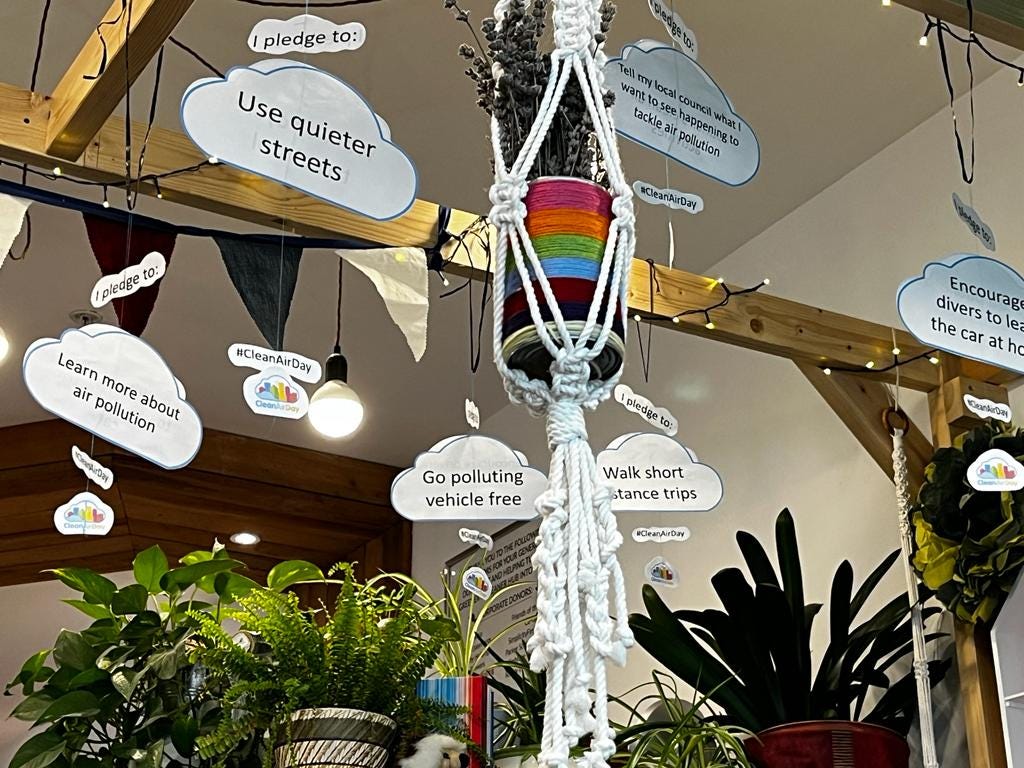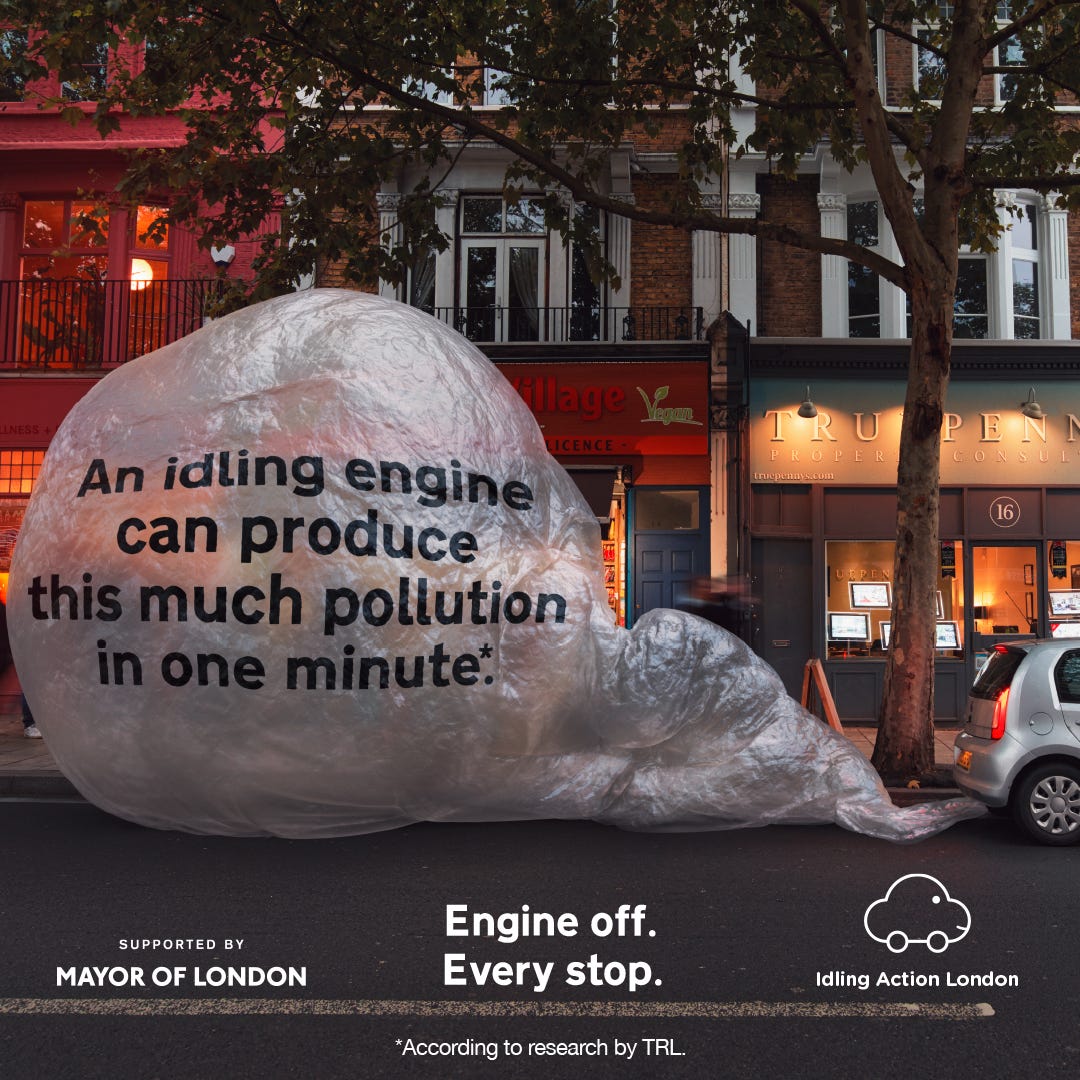This week we’ve been thinking about air quality campaigns and how they could cut through to public consciousness better. We’re active on air quality and yet our social media feeds are full of weight loss ads, videos of ballet dancers or people falling off bikes. If only the things we actually cared about and made a difference to our lives, and the lives of people in our communities, could be at the forefront! With air pollution widely understood to be the biggest environmental risk to our health, we think it deserves an airing.
There are a lot of campaigns on air quality (we’ve listed some below) but which have you heard of? Before we got immersed in this topic, Mums for Lungs probably stood out for their excellent campaigning - clear graphics, target audience and regular updates with new ideas. Yet we’d hazard a guess that air quality campaigns are not as well known as those on other topics which we care about - climate change, anti-racism, gender-based violence, online safety for kids, public services, to name but a few.
Is the problem that we rarely see air pollution or have definite experience of its impacts? Is it that people don’t know what to do about it and so feel powerless? Is it just too divisive (recalling hearing from Sadiq Khan about his initial reticence to campaign on green issues)?
Key elements of a successful campaign include: being clear on your audience, motivating people to change and offering concrete actions. Clean Air Fund did an interesting study into how to capitalise on the improved air quality during lock down, which included the effectiveness of different styles of campaigning and the importance of timing of a campaign.
Making a date with data
Data and the way it’s presented is also key. Sacha joined a data visualisation workshop with the Breathe London team this week. It was a really good session, and covered a lot more than just data visualisation.
Some of the key outcomes of the workshop were about being clear who you are trying to communicate with, and what actions you want them to take. For instance, if you are trying to engage and motivate people, suitable data visualisations might be quite different to those needed to influence your local council. And similarly, the actions of someone who drives a car but wants to reduce their impact on the environment might be to see if they can cycle one day out of five, but the actions of a retired lawyer might be to use their connections and campaign for policy change.
Stage whisper
Each of these cases needs a different way of visualising air quality data. We love the IdlingAction campaign and think the images are striking and impactful.
The workshop also highlighted straightforward ways for people to understand what actions they can take, based on how they identify. We didn’t find anything directly relevant that we could use, but we discussed Right To Know and Address Pollution websites as having lots of the attributes we thought were great: simple to use, data rich, and impactful.
Here are some other campaigns on air quality:
Mums for Lungs and their newest campaign on diesel cars
Clean Air Wins including a great new campaign comparing air quality with dirty water
Clean Air Day, as we’ve covered before
Breathe Life, which operates at global level
Living streets, focused on encouraging walking
Healthy air, a coalition of groups focused on clean air rights and justice
Which campaigns work for you? What has reached you, your friends and family already? What else might inspire you to address air pollution?






